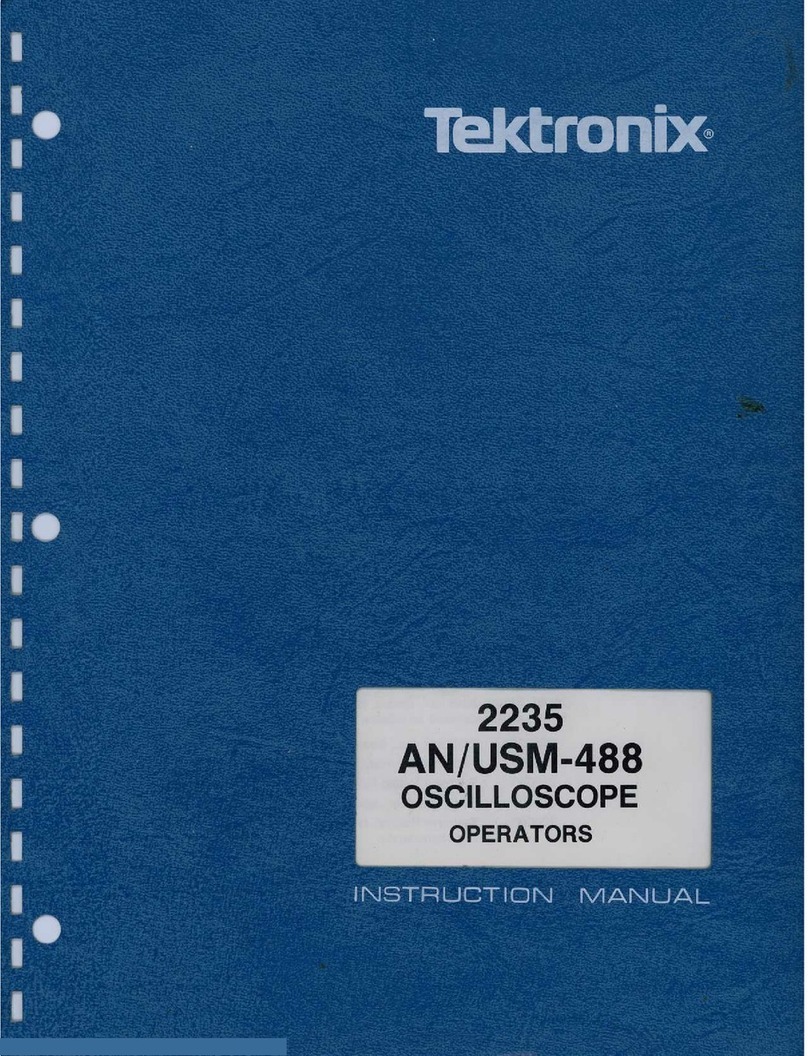Tektronix 3S3 User manual
Other Tektronix Test Equipment manuals
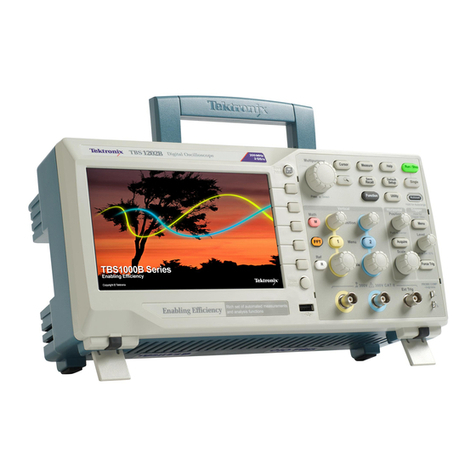
Tektronix
Tektronix TBS1032B User manual
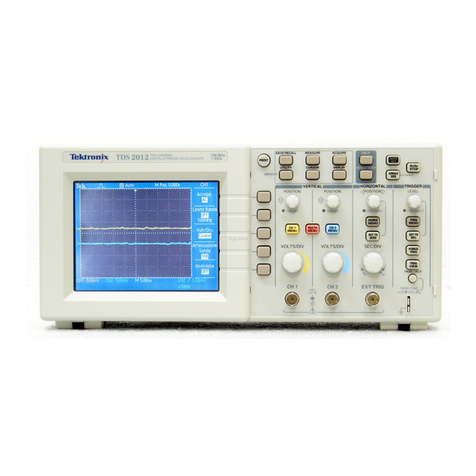
Tektronix
Tektronix TDS2012 User manual
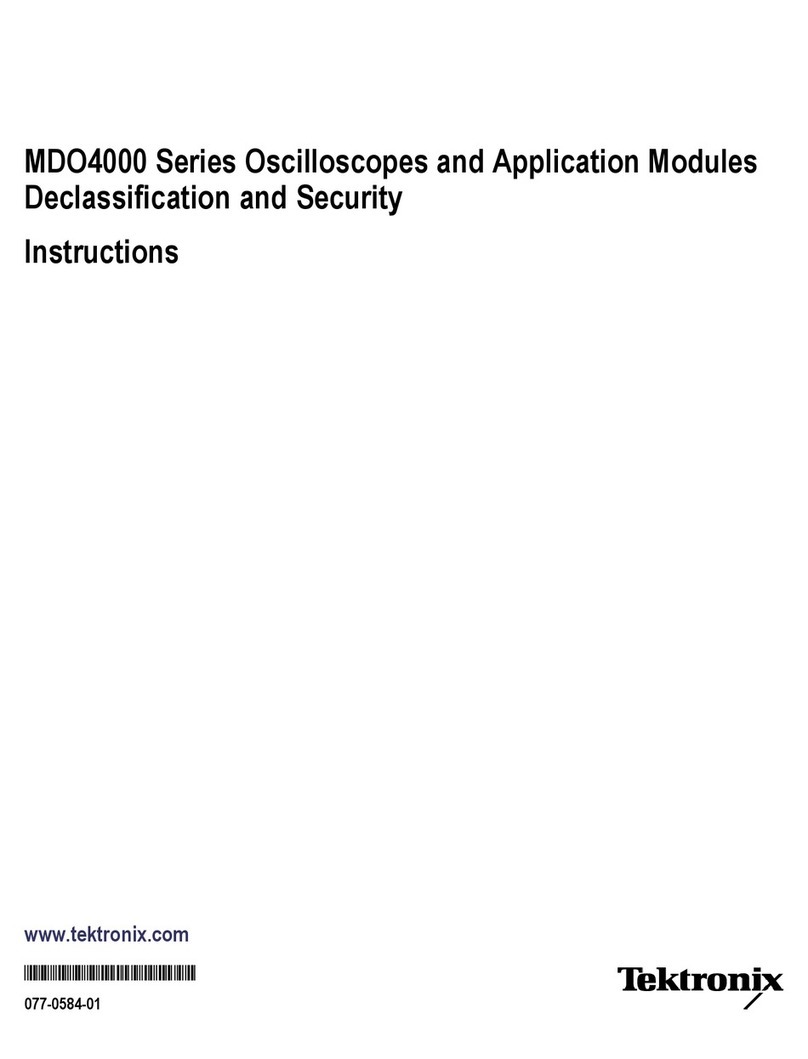
Tektronix
Tektronix MDO4104-6 User manual
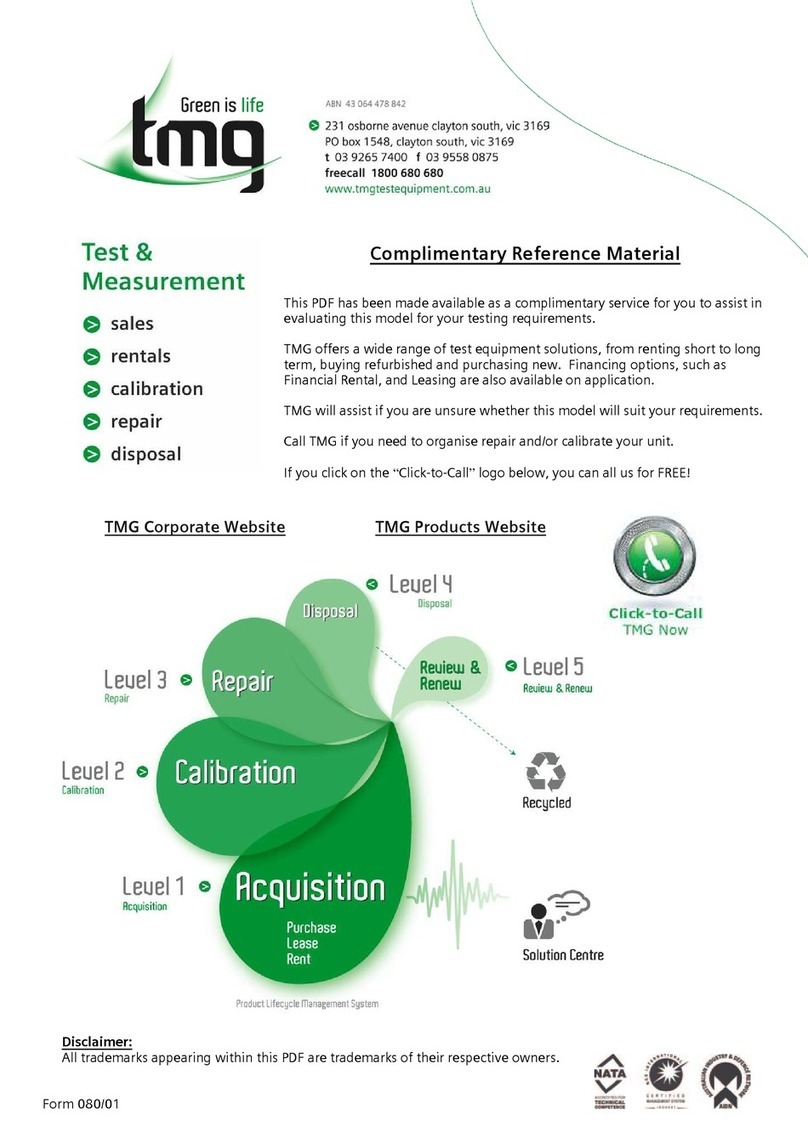
Tektronix
Tektronix TDS7054 User manual

Tektronix
Tektronix THS3014 Use and care manual
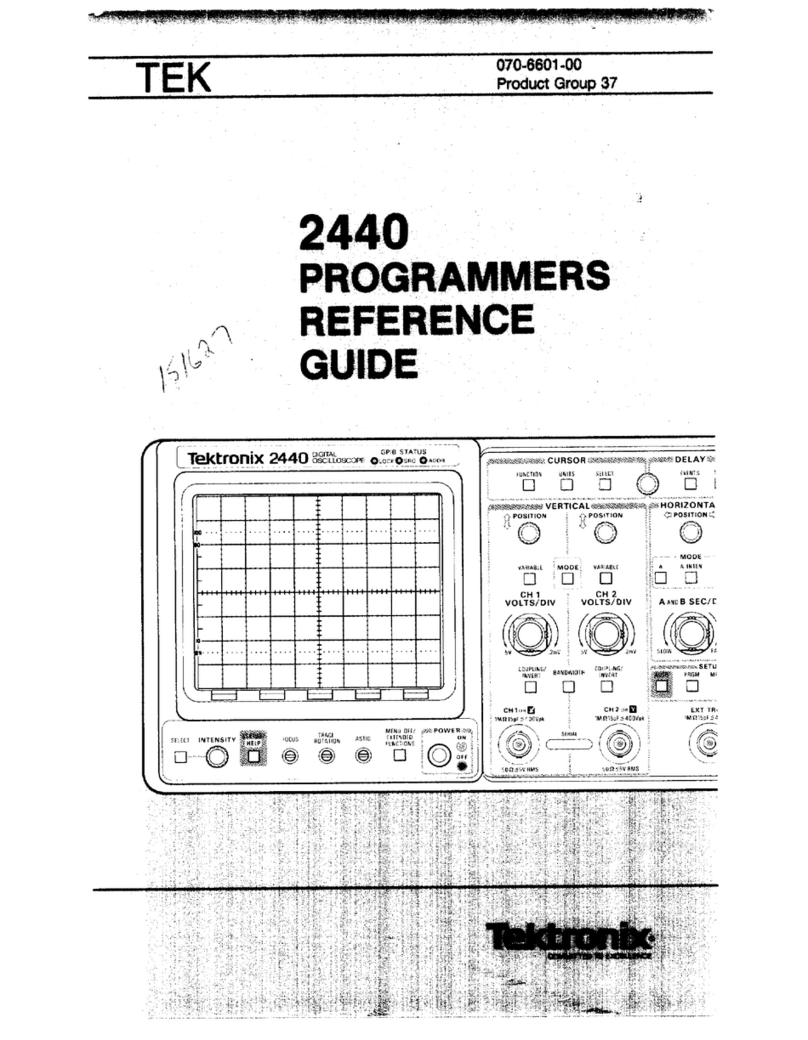
Tektronix
Tektronix 2440 User manual
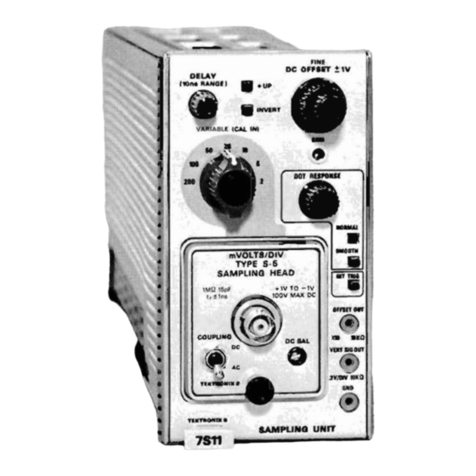
Tektronix
Tektronix 7S11 User manual

Tektronix
Tektronix TDS 520A User manual

Tektronix
Tektronix TDS 420A Operating and maintenance manual

Tektronix
Tektronix VXOA41 User manual

Tektronix
Tektronix TDS3012C-NV User manual

Tektronix
Tektronix TBS1000 Series User guide
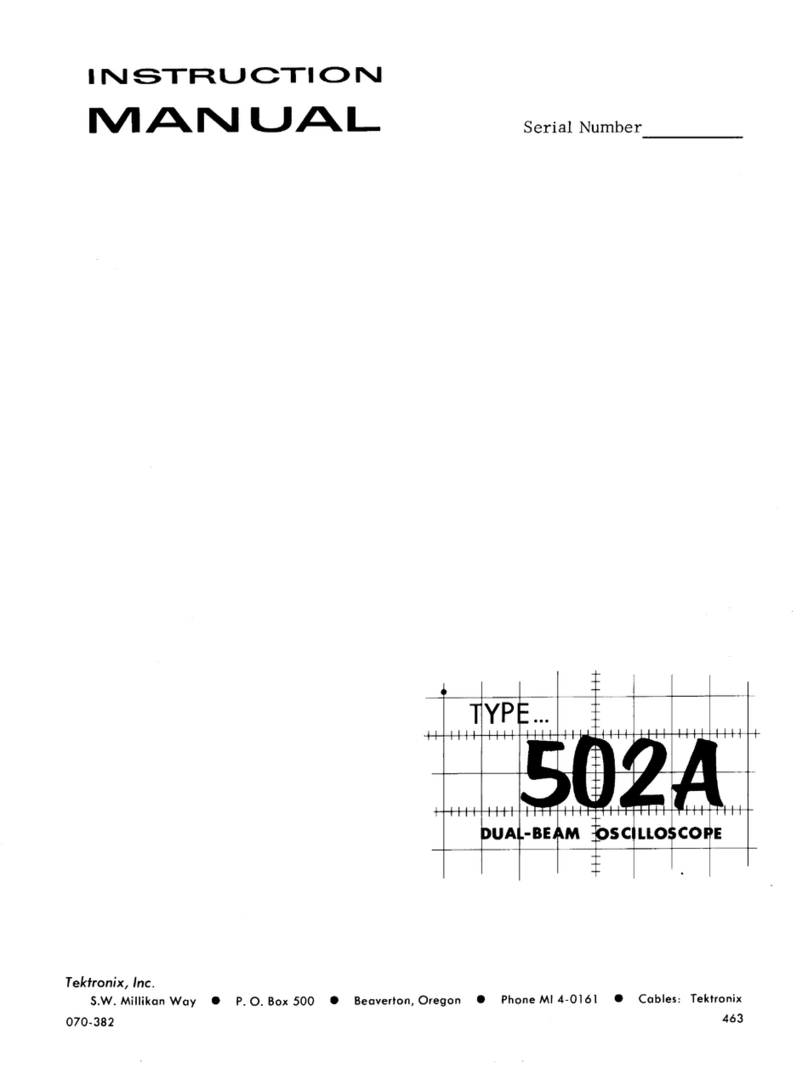
Tektronix
Tektronix 502A User manual
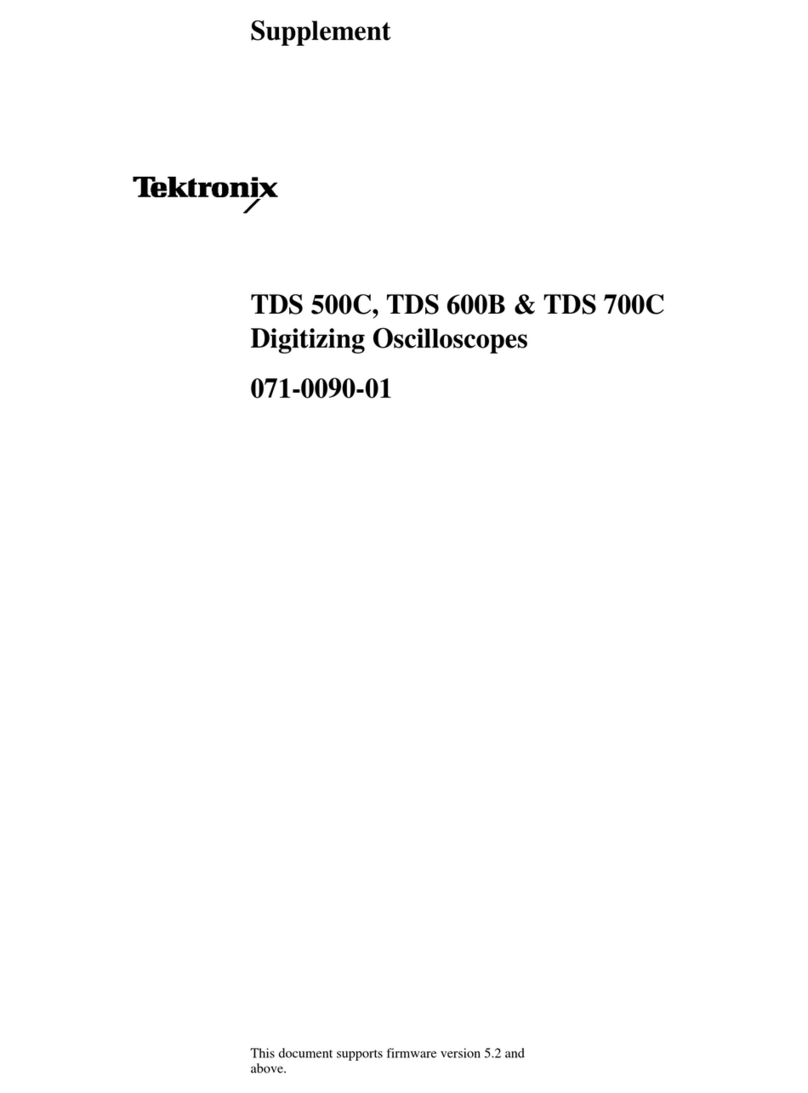
Tektronix
Tektronix TDS 500C User manual
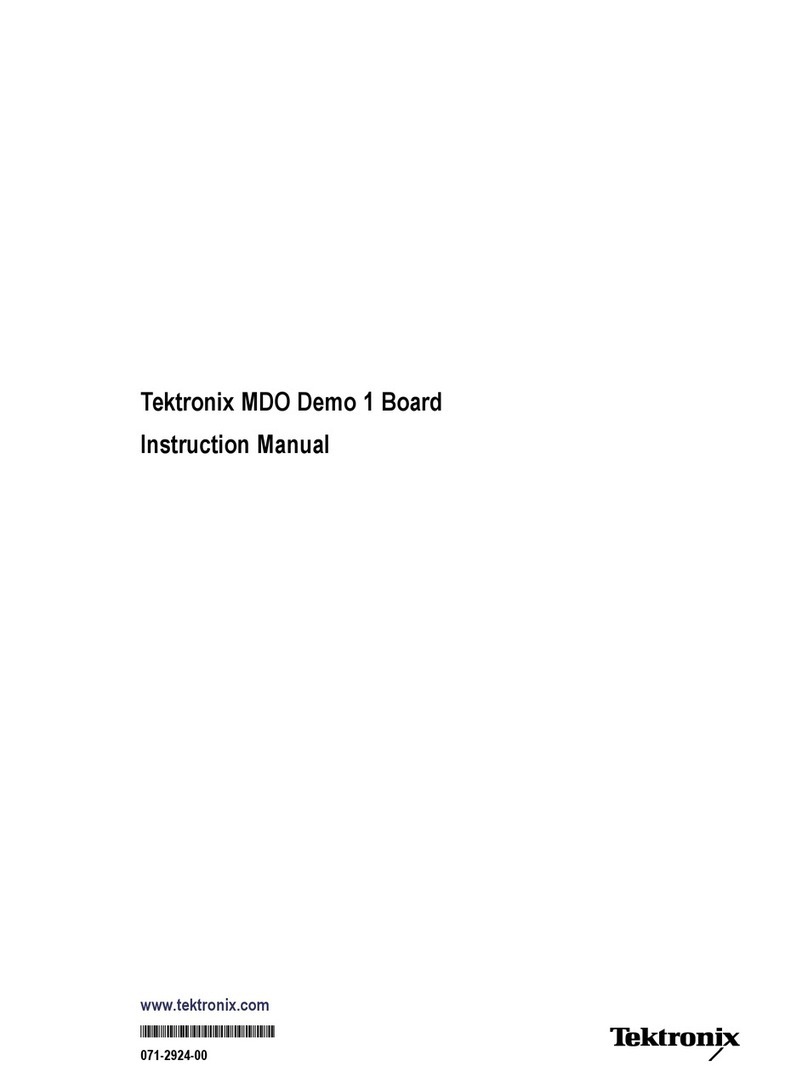
Tektronix
Tektronix MDO4000 Series User manual

Tektronix
Tektronix 2230 Owner's manual
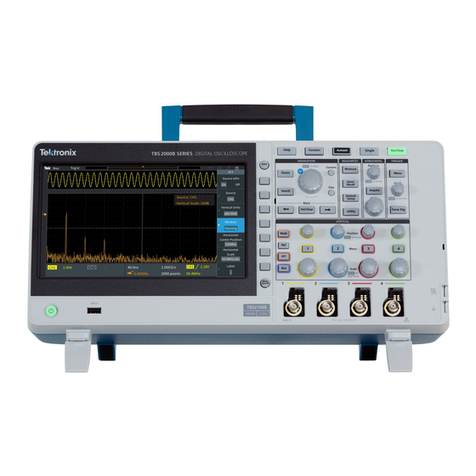
Tektronix
Tektronix TBS2000 Series Setup guide
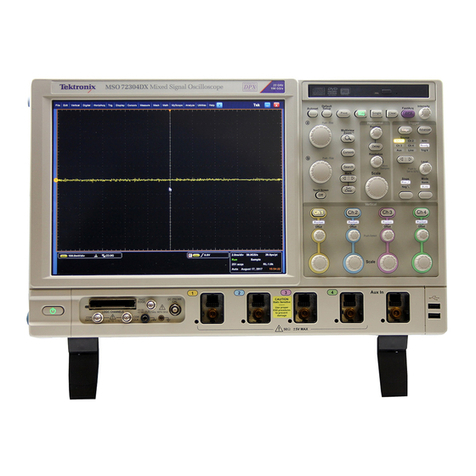
Tektronix
Tektronix MSO73304DX User manual

Tektronix
Tektronix TDS6000B Series Manual

Tektronix
Tektronix 2430A User manual
Popular Test Equipment manuals by other brands

Redtech
Redtech TRAILERteck T05 user manual

Venmar
Venmar AVS Constructo 1.0 HRV user guide

Test Instrument Solutions
Test Instrument Solutions SafetyPAT operating manual

Hanna Instruments
Hanna Instruments HI 38078 instruction manual

Kistler
Kistler 5495C Series instruction manual

Waygate Technologies
Waygate Technologies DM5E Basic quick start guide

StoneL
StoneL DeviceNet CK464002A manual

Seica
Seica RAPID 220 Site preparation guide

Kingfisher
Kingfisher KI7400 Series Training manual

Kurth Electronic
Kurth Electronic CCTS-03 operating manual

SMART
SMART KANAAD SBT XTREME 3G Series user manual

Agilent Technologies
Agilent Technologies BERT Serial Getting started

